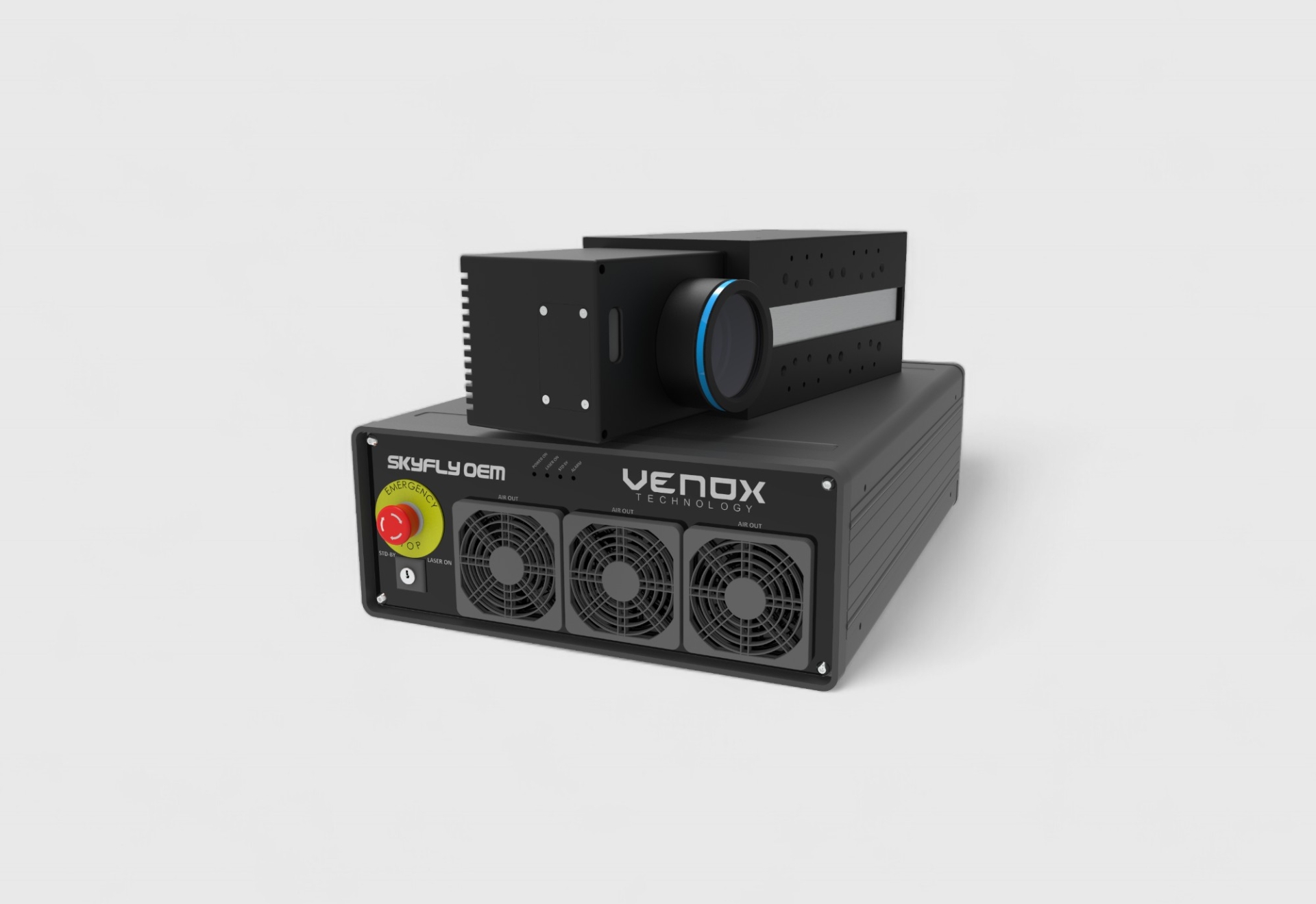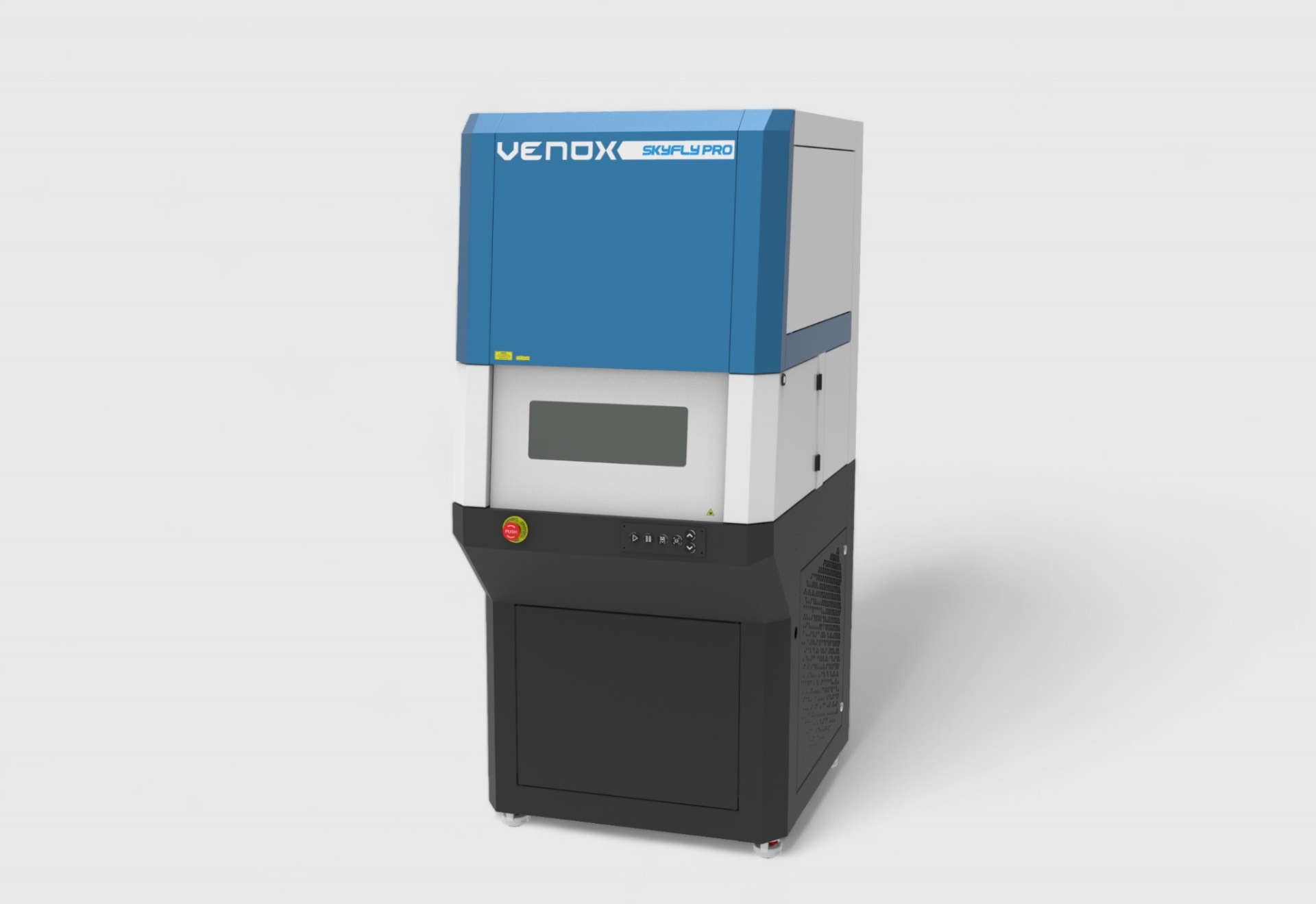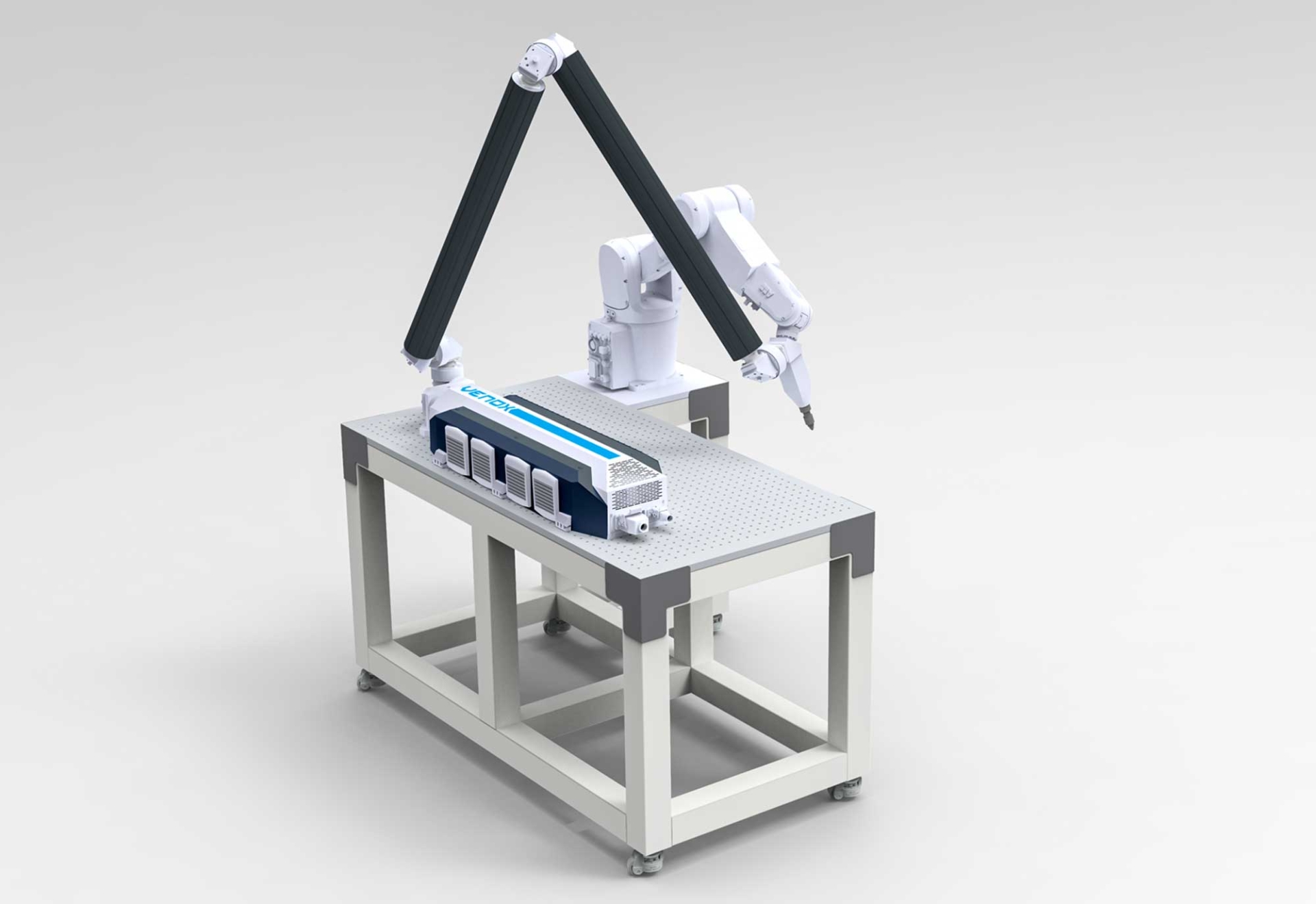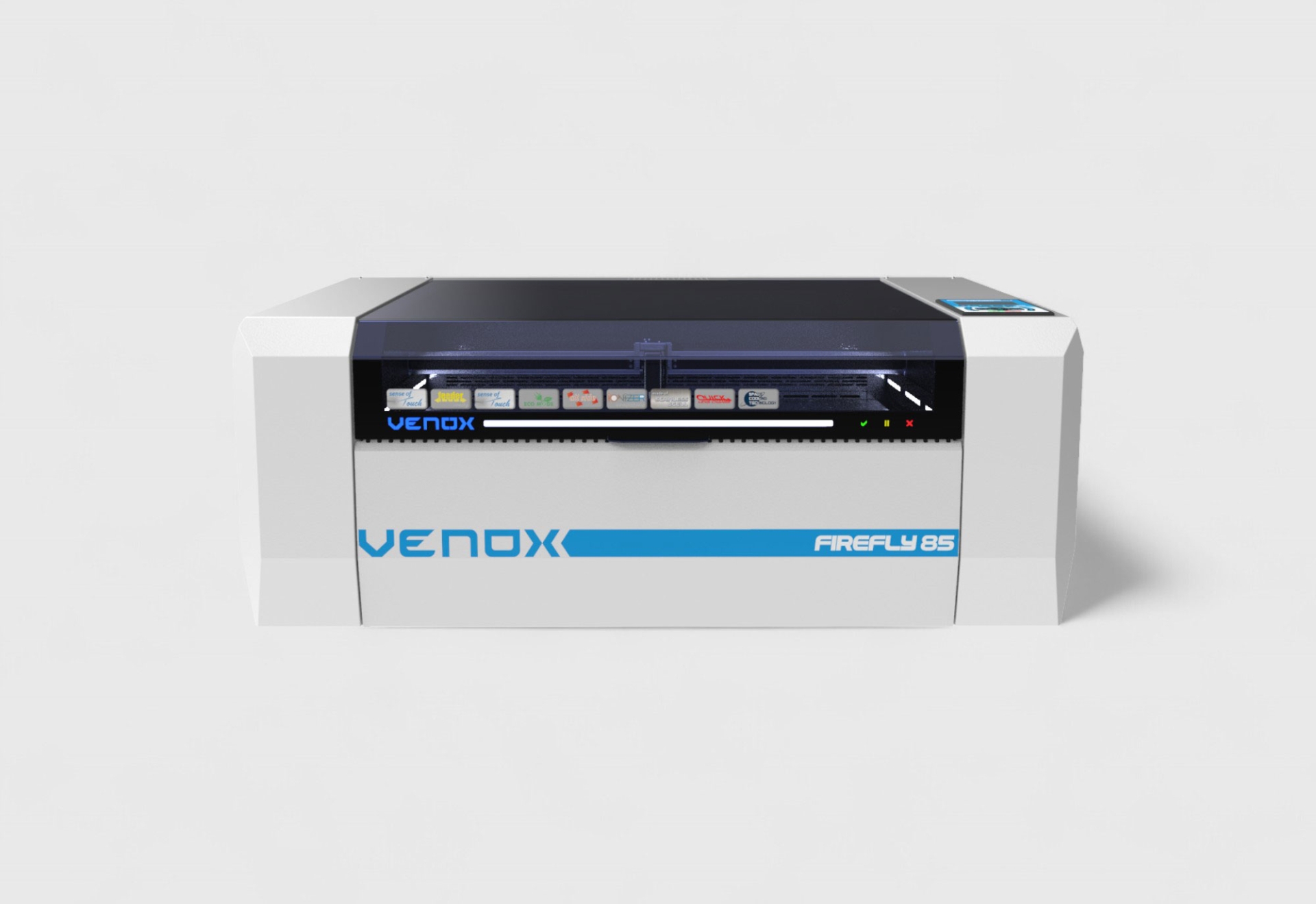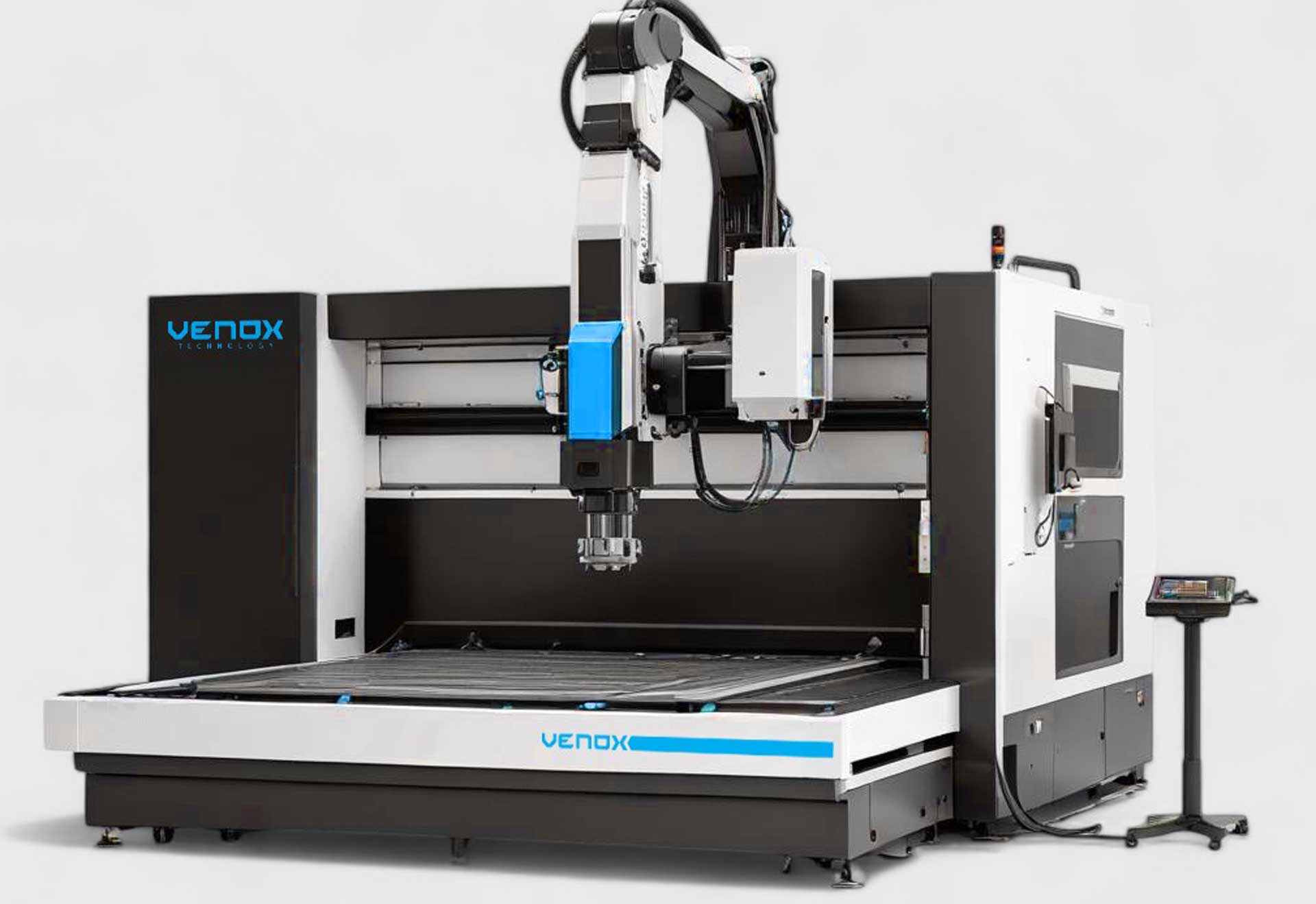Laser Cutting Applications in Plastic Materials in the Automotive Industry
The automotive industry has been undergoing a major transformation in recent years. Trends such as electrification, the use of lightweight materials, digitalization, and sustainability-oriented production have increased the need for new technologies in manufacturing processes. One of the technologies that stands out in this transformation is laser cutting systems. Especially in processing plastic materials, laser cutting technology offers automotive manufacturers significant advantages in terms of both quality and efficiency.
The Role of Laser Cutting Technology in the Automotive Industry
Traditional mechanical cutting methods have been the standard practice in automotive manufacturing for many years. However, the diversification of plastic parts used in vehicles today, the increasing complexity of designs, and rising quality standards have brought laser technologies to the forefront. With its non-contact, fast, and high-precision structure, laser cutting provides an ideal solution for shaping plastic parts.
According to McKinsey's 2023 report, the market share of laser-based manufacturing technologies in the automotive sector is increasing by an average of 8% annually. Laser cutting has become widespread especially in plastic trim parts, instrument panels, door panels, and ventilation ducts. This shows that laser is becoming increasingly critical not only in metals but also in plastics.
Advantages of Laser Cutting in Plastic Materials
Precision and Quality
Plastic parts used in the automotive industry often play a critical role in terms of aesthetics and functionality. Laser cutting provides micron-level precision, creating smooth and burr-free surfaces even in the most complex geometries. Thus, the need for secondary processing is reduced and production quality is enhanced. For example, in instrument panel buttons or small plastic controls on the steering wheel, laser cutting delivers high-quality results that directly affect user experience.
Flexibility and Design Freedom
Modern automotive designs incorporate plastics of different colors, textures, and forms. Thanks to the easy adjustability of parameters based on material type, laser cutting offers great flexibility to manufacturers. Designers can integrate complex patterns, special logos, or customized solutions directly into the production line. This strengthens the competitive advantage of brands.
Speed and Efficiency
Laser cutting machines enable high-volume production in very short times. In traditional methods, mold production, maintenance, and adjustment periods cause significant time losses, while in laser systems these processes are minimized. Moreover, machines that can work integrated with laser marking systems increase production speed by performing both cutting and marking in a single process.
Waste Reduction and Sustainability
Automotive manufacturers aim to reduce waste rates in line with their sustainability goals. Laser cutting works with minimal material loss by applying energy only to necessary areas. In addition, it does not produce secondary waste such as chips or dust. This reduces environmental impact while providing cost savings.
Types of Plastic Materials in Automotive and Cutting Applications
Interior Trim Parts
Trim parts used in vehicle interiors are highly important in terms of driver comfort and aesthetic perception. Laser cutting makes it possible to process these parts with fine details and achieve durable surfaces. For example, in plastic coatings used on door panels, laser cutting ensures that both functional and decorative lines are created with precision.
Instrument Panels and Buttons
Instrument panels are among the areas where laser cutting applications are most commonly used in the automotive industry. Especially the micron-level drilling of button surfaces for light transmission can be achieved with high precision using laser technology. This allows drivers to have clear visibility during night driving. In addition, processes carried out with laser cutting are longer-lasting and more reliable.
Door Panels and Center Consoles
Door panels and center consoles directly affect ergonomics inside the vehicle. Laser cutting ensures that the plastics used in these parts fit precisely into complex assembly points. As a result, assembly time is shortened and production progresses without errors. Particularly in electric vehicles with increasingly modular designs, the advantages of laser technology have become even more evident.
Ventilation Ducts and Covers
Plastic parts used in ventilation systems require precise measurements. Laser cutting ensures that these parts are produced flawlessly in both functional and aesthetic terms. Especially in complex duct structures, the non-contact cutting feature of laser offers great convenience. Deformations that can occur in traditional methods are eliminated with laser technology.
Integration of Laser Cutting into Production Processes
Automation and Industry 4.0 Compliance
Laser cutting systems can be easily integrated with Industry 4.0 solutions. By working in connection with sensors and software systems in production lines, they provide real-time quality and speed control. With this integration, manufacturers achieve uninterrupted traceability.
Integration with Robotic Systems
Modern laser cutting machines work in harmony with robotic arms, especially increasing speed and precision in high-volume production. When plastic parts need to be cut from different angles, robotic integration comes into play and the process becomes fully automated. This reduces labor costs while increasing efficiency.
Quality Control and Traceability
Laser cutting systems can work in conjunction with quality control software during the production process. For example, measurements of parts can be taken instantly after cutting, and defective products can be automatically sorted out. In addition, thanks to laser applications in plastic materials, each part can be marked with a QR code or serial number for full traceability.
Future Perspective and Areas of Innovation
New Generation Plastic Materials
Emerging automotive trends are increasing the use of recyclable and biocomposite plastics. Laser cutting technology also delivers successful results in these new generation materials, supporting sustainable production goals. Laser systems play a critical role particularly in reducing carbon footprint.
Hybrid Manufacturing Methods
Laser cutting offers hybrid solutions when combined with other manufacturing technologies such as injection molding and 3D printing. These methods provide a wide range of applications in the automotive industry, from prototyping to mass production. For example, 3D-printed plastic parts can be given their final shape with laser cutting.
Energy Efficiency and Environmental Impacts
The energy consumption of laser technology has been optimized in modern machines. CO₂ lasers and fiber laser systems provide high efficiency with lower energy consumption. This reduces environmental impact while also lowering manufacturers’ costs. According to the International Energy Agency (IEA), laser-based manufacturing methods can deliver up to 20% energy savings compared to traditional cutting methods.
Return on Investment (ROI) of Laser Cutting
One of the most important criteria in technology investments for automotive manufacturers is the return on investment period. Laser cutting systems enable rapid return on investment thanks to low maintenance requirements, high production speed, and quality advantages. Especially in today’s highly competitive automotive sector, laser cutting investments provide companies with a strategic edge.
Conclusion
In processing plastic materials in the automotive industry, laser cutting technology stands out with its advantages of high precision, speed, flexibility, and sustainability. From interior trim parts to instrument panels, from door consoles to ventilation ducts, laser cutting enhances production quality and efficiency. With its Industry 4.0-compatible structure and capability for automation and robotic integration, laser systems play a central role in the future of automotive manufacturing. Thanks to its easy integration into existing production lines and compatibility with new generation materials, laser cutting will continue to be an indispensable technology for both today’s and tomorrow’s automotive industry.
